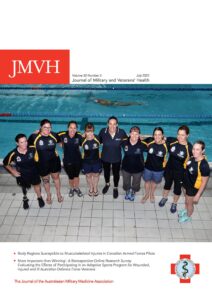Editorial
THE FALL OF SINGAPORE IN 1942 Having just returned from Singapore, where I was fortunate enough to view both the World War II fortifications at Fort Siloso and the excellent exhibition on the fall and occupation of Singapore at the National Museum of Singapore, I was reminded that, after initial air attacks in December 1941, Singapore fell after 7 days… Read more »




 Download the whole edition here.
Download the whole edition here.


